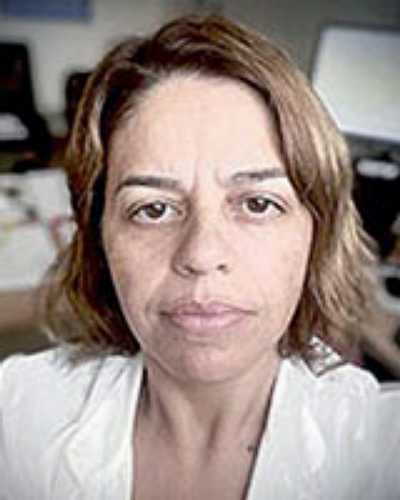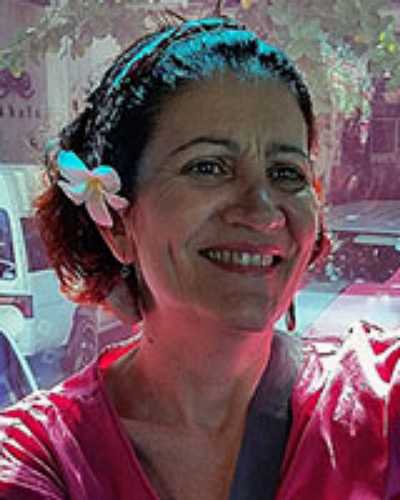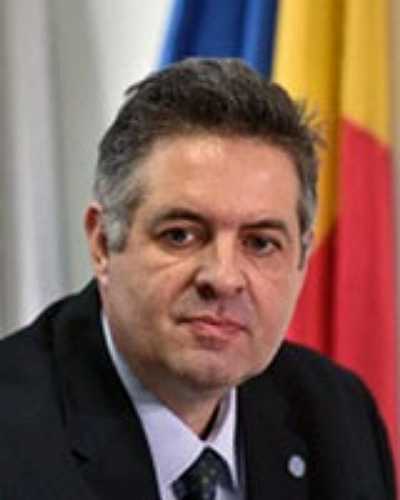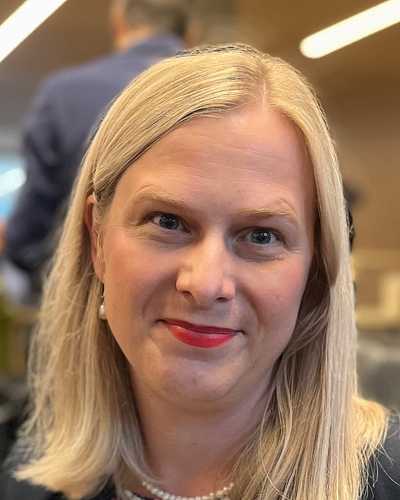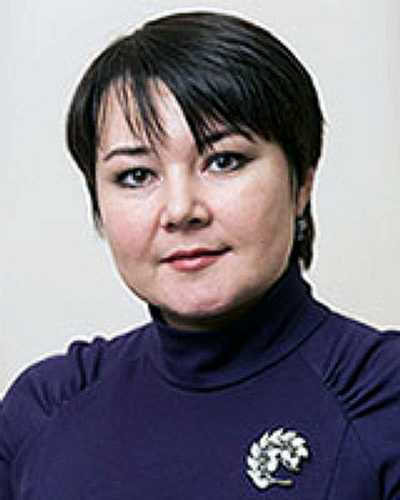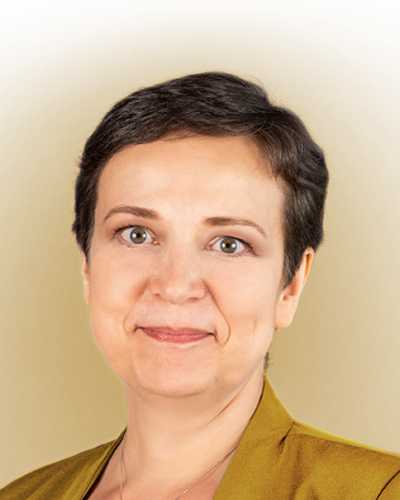Now published, see the full article 
Early Abstract:
Introduction: Remote consultations help reduce the level of contact between people and prevent cross-contamination. Little is known about the changes in consultation in European rural primary care during the Covid-19 pandemic. The purpose of our mixed method cross sectional study was to find out more about the effects of the Covid-19 pandemic on changes patient consultations have undergone in European rural primary care.
Methods: A key informant survey from sixteen member countries of the European Rural and Isolated Practitioners Association was undertaken using a self developed questionnaire. The steering committee of this project, called 'EURIPA Covid-19 study', developed a semi structured questionnaire with 68 questions, 21 of these included free text comments. Proportions were calculated for dichotomized or categorized data, and means were calculated for continuous data. Multivariate analysis by logistic regression model was used to assess the association of multiple variables.
Results: 406 questionnaires from primary care informants in 16 European countries were collected; 245 respondents (60.5%) were females, 152 PC informants were rural (37.5%), 124 semi-rural (30.5%). Mean age of the respondents was 45.9 years (SD 11.30) while seniority (mean) was 18.2 years (SD 11.6). 381 (93.8 %) of the respondents were medical doctors. Significant differences were found between countries in adopting alternative arrangements to face-to-face consultation: remote teleconsultation is well appreciated by both healthcare professionals and patients, but the most common way of remote consultation remains telephone consultation. A factor significantly 'inversely' associated with the adoption of video consultation was the seniority of the primary care health care personnel, OR: 1.19, 95% CI (1.02-1.40) P=0.03.
Conclusion: Telephone consultation is the most common form of remote consultation. The adoption of video-consultation is inversely related to the seniority of the informants.



